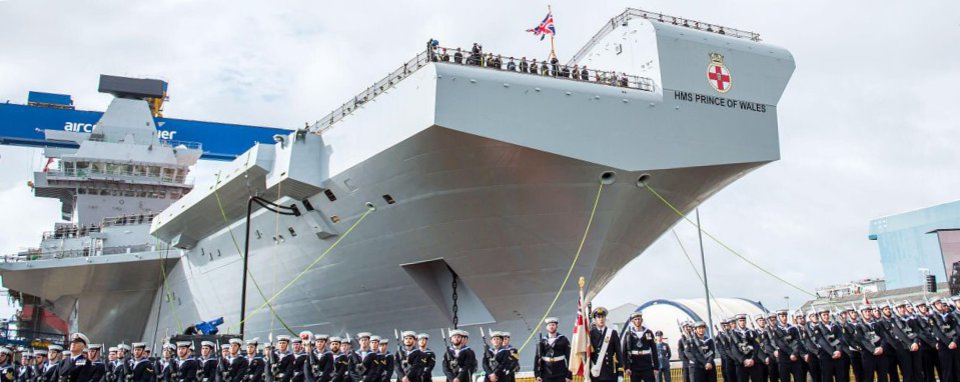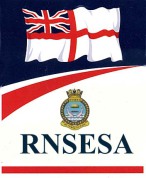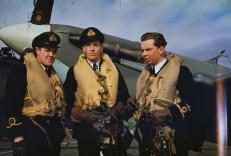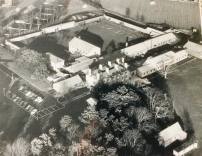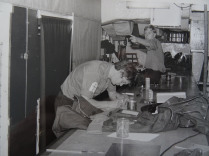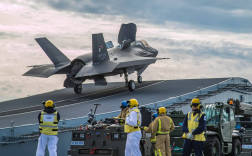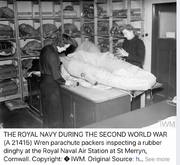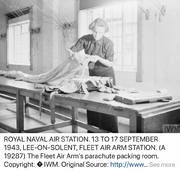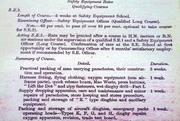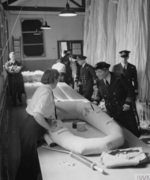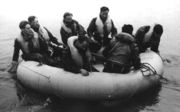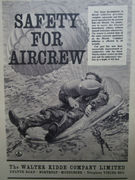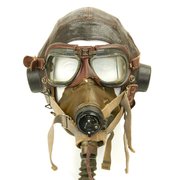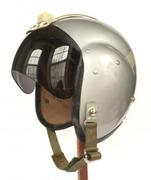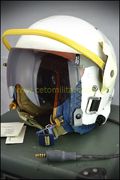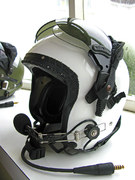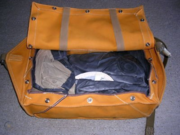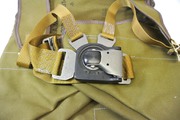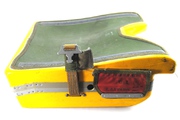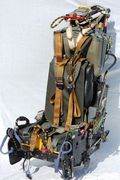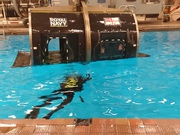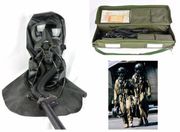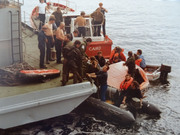SE BRANCH HISTORY
When man took to the air in the early 20th century, the emphasis was in developing the airframes and engines and any thoughts of survival should anything go wrong were pushed firmly to back of the mind. During and after the first world war however, and with the increase of over-water flights, the need for aircrew to be able to escape and survive aircraft accidents was increasingly important - not least to the aircrew themselves. It was during this time that basic survival equipment was carried such as bouyancy aids and simple forms of protective clothing.
Leading up to the second world war, gas inflatable lifepreservers were worn by aircrew and inflatable liferafts carried in multi-crew aircraft. Leather helmets with integral communications kit offered some basic protection and parachutes were carried and worn to provide a means of escaping aircraft whilst still airborne. In the Royal Navy, this equipment was maintained at sea by trained Seaman specialists although most equipment was serviced ashore by women of the Womens Royal Naval Service trained by RAF personnel.
In 1943, it became increasingly apparent that the Royal Navy needed fully qualified personnel to service an increasingly complex and developing set of equipment concerned with aircrew survival and in the November of that year, under Lt Cdr M G Sedorski, the Safety Equipment branch was formed. The school was initially housed adjacent to the airfield in Eastleigh, Hampshire but was moved to HMS Siskin (now HMS Sultan) two years later.
Some eight years later, and after some local searching, the school was moved to Seafield Park (above right), an old country house turned school that was purchased by the Admiralty and converted into a purpose built school and accommodation site.
The SE school itself comprised of classrooms for flying clothing, liferafts and parachutes as well as administration offices. Courses were run for naval airmen on basic course (SE3), Leading Hands (SE2) and Petty Officers (SE1). Shorter courses for ship's flights maintainers, survival courses for aircrew and some research and development work was all conducted at Seafield Park. Course members were all accommodated at HMS Daedalus, the nearby naval air station in Lee-on-the-Solent and were bussed in daily.
SE ratings were deployed at the many air stations in the UK and abroad, on carriers and assault ships (SE section on HMS Bulwark above left) and at the school as instructors. At the time, entry into the SE branch was by sideways entry and the majority of ratings were diverted from the Aircraft Handler branch.
In 1991, the MoD decided to sell Seafield Park and the site is now a housing estate. In order to rationalise real estate, the school was moved back to HMS Sultan where it resides today. In 2017, the navy recognised the increasing complexity of aircrew equipment assemblies and survival equipment and gave technician status to SE maintainers, thus a Naval Airman (Safety Equipment) became a Survival Equipment Technician (SET).
Since the early days, the branch has seen the introduction of Nuclear, Biological and Chemical Defence (NBCD) clothing and equipment, high-tech helmets such as used in Apache and the new F-35 jets (above right), Short Term Air Supply Systems (STASS), underwater escape training and tri-service Survival, Evasion, Resistance and Escape (SERE) training. The job of the modern day SET is both complex and rewarding but the traditions of the branch, set down by their predecessors is being reinforced on a daily basis.
